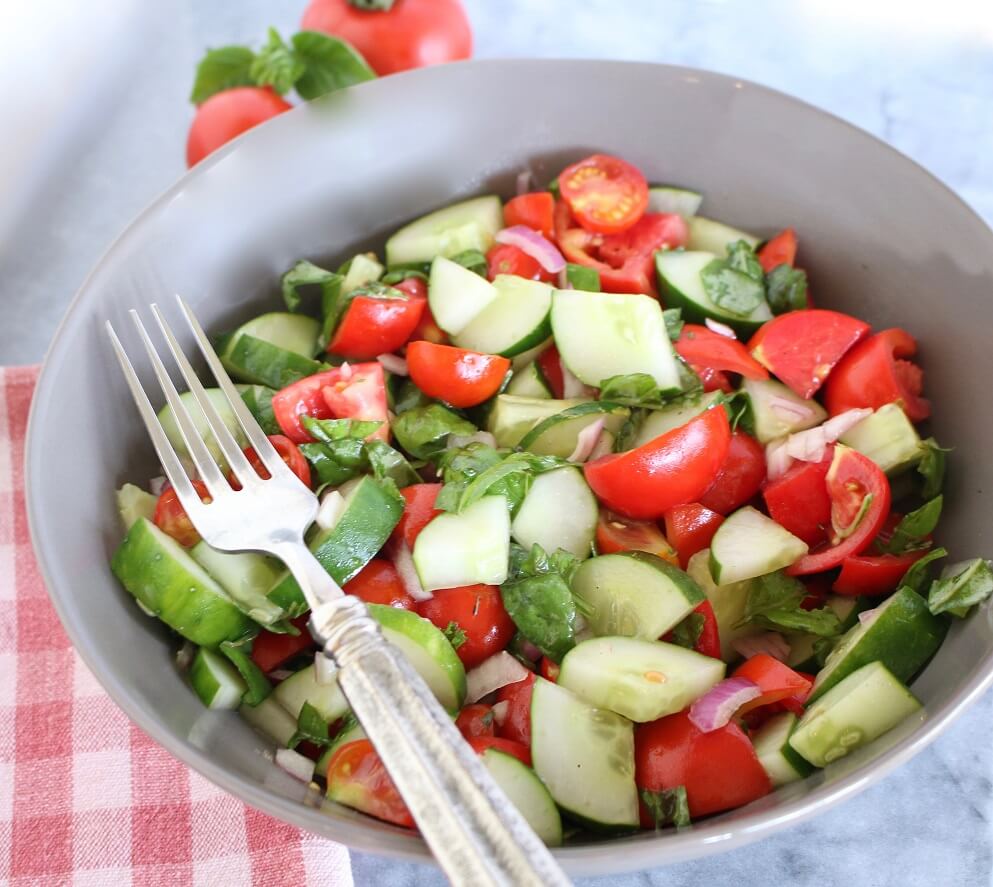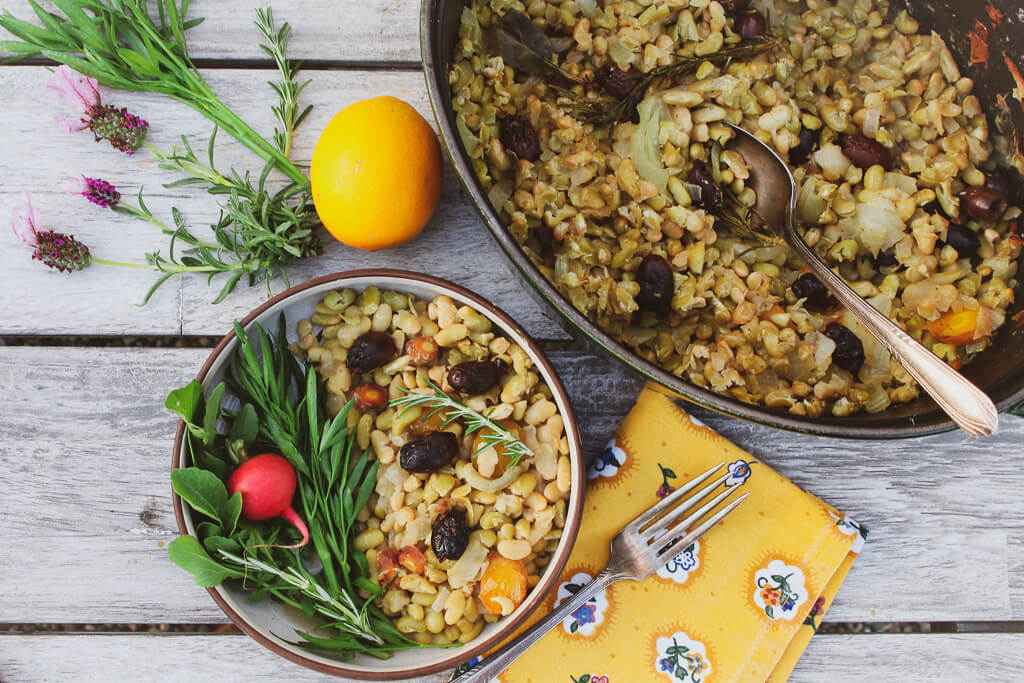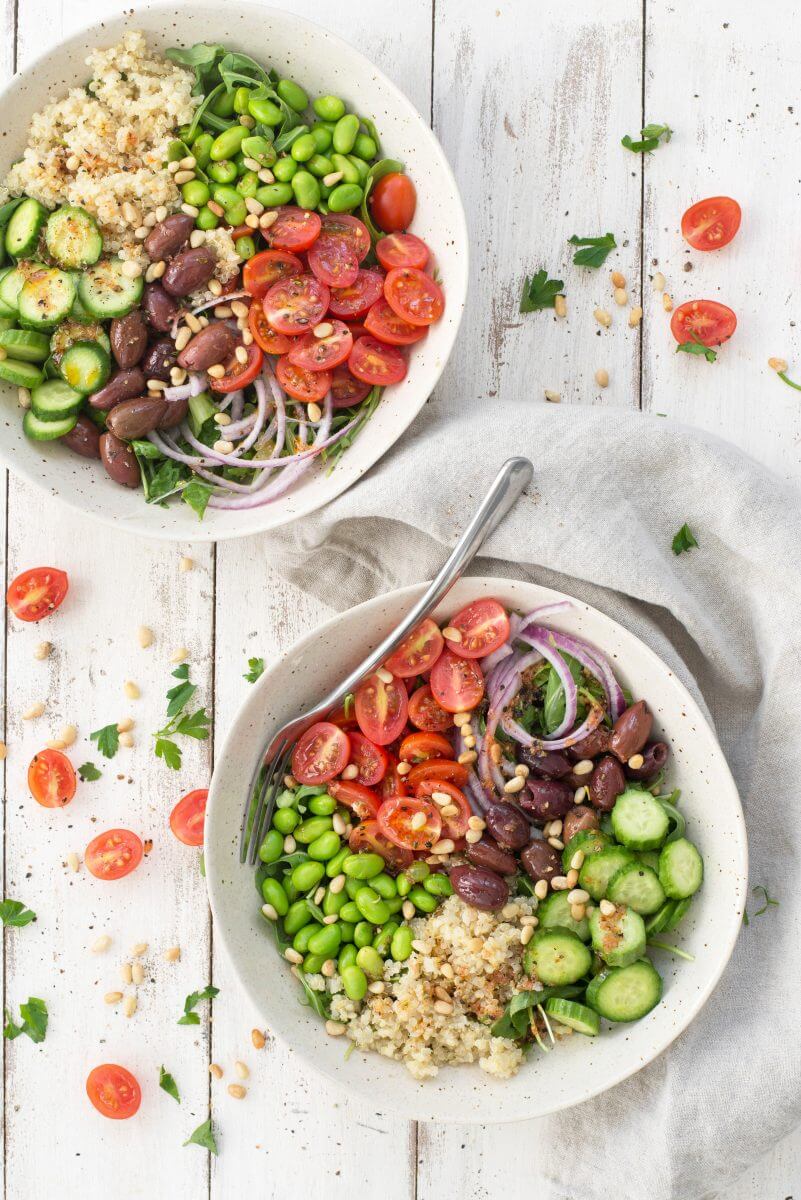
Many people lose weight when they transition to a vegan or vegetarian, or Pescatarian diet. In fact, research consistently shows that vegans and vegetarians weigh less than carnivores. That’s because a plant-based diet is rich in fiber from plant foods, and this nutrient has been linked with making you feel more satisfied after meals, as well as regulating blood glucose levels. A healthy plant-based diet packed with whole grains, pulses, soy foods, vegetables, fruits, nuts and seeds is moderate in calories, which can contribute to a healthy weight.

However, many people find that making the switch to a vegan or vegetarian diet doesn’t automatically lead to weight loss. It’s important to remember that we are all very unique, with different body types, genetic profiles, and metabolic rates. Some of us need fewer calories (energy) than others. Even healthy foods, like grains, nuts, seeds, and avocados, can add up in terms of calories if you are consuming too many of them. While I don’t recommend that you should become overly focused on calories, there are a few things you can keep in mind if you are pursuing weight loss on a vegan or vegetarian diet, example: eating enough correct amino acids (proteins) to support muscle growth and to support the Neurological System. Let us show you how to eat a plant-based diet and to be at a healthy weight.
7 Vegan and Vegetarian Weight Loss Tips
Here are a few of my best tips for keeping your weight loss on track with a plant-based diet.

1. Vegetarians, Don’t Overload on Dairy Products. Cheese, cream, and sour cream are often the default options for vegetarians. But beware, high-fat cheeses can contain up to 120 calories and 6 grams of saturated fat per ounce. Heavy cream has 52 calories and 4 grams of saturated fat in a single tablespoon. And these are both very small portion sizes—one single serving of cream-based soup or cheesy lasagna can have several times this portion size.

2. Use Caution with Nut and Seed Servings. Nuts and seeds, such as almonds, pistachios, sunflower seeds, and hemp seeds are a good thing. Just keep close track of how much you’re consuming, as they can be high in calories if your portions are incorrect. Limit your servings to 1 – 3 per day (depending on your calorie needs).

3. Watch Your Fats. Adding a moderate amount of healthy plant-based fats is a healthy habit. But limit your amount to 1 teaspoon of plant oil (i.e. olive, sunflower, canola) per serving, and no more than 5 servings per day, including in cooking. Dumping olive oil over your pasta, slicing an entire avocado into your wrap, or adding a ½ cup of walnuts to your salad can really push up the calorie load of your meals and can make you gain those extra kilograms as fast as Take-aways.

4. Keep Your Grains in Check. A healthy plant-based diet absolutely includes plenty of whole grains, but only about 5 – 8 servings per day for maintenance (a bit less for weight loss), depending on your specific energy needs. So, make sure you’re not overdoing cereals, breads, and grain servings throughout your day. Keep in mind that many people (and especially restaurants) can dish up four servings of pasta per portion, and dipping into the bread basket before meals can add a few extra servings of grains before you know it. A serving of grains is generally ½ cup cooked grains or pasta, or one slice of bread or a small tortilla.
5. Veggies. The one food group you should eat with caution is non-starchy vegetables, including greens, cucumbers, broccoli, cauliflower, onions, carrots, summer squash, asparagus, cabbage, and Brussels sprouts. Though these vegetable plant foods average about 25 calories per serving, and their bulk, water, and volume can help you feel more full and satisfied, they also do contribute to your daily Carbohydrate intake, so portion sizes and timing is important.
6. Fruits. These need to be worked into a Vegetarian Diet correctly Eg. what time of the day and how many fruits you should eat. Superfruits are generally the safer fruit to eat as they contain less sugar than non-superfruits.
7. Balance Your Diet Wisely. Make sure you’re eating a balanced diet with the help of our eating plan, which includes the recommended number of servings you should choose each day and the timing of when you eat them.

For many plant-based recipes for achieving a healthy weight, we recommend that you order your Personalised Plant-based Meal Plan, so that we can show you how to follow a plant-based diet and to be healthy and to achieve your goals, please contact Kevin on kevin@bodysculptdoc.co.za, or whatsapp him on 0826644108, to order your Meal Plan online, we also do Zoom Consultations.
“Sculpting Healthy Bodies through Intelligent Nutrition” – Body Sculpt Doc.
We are listed in the international healthandbeautylistings.org’s Weight Loss Directory